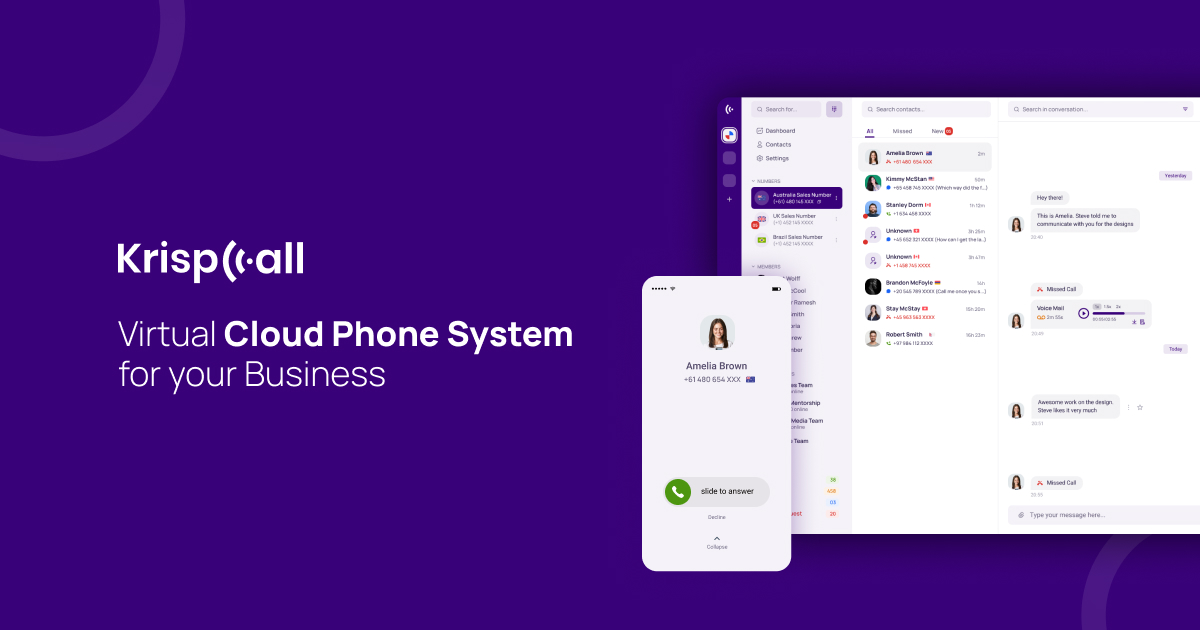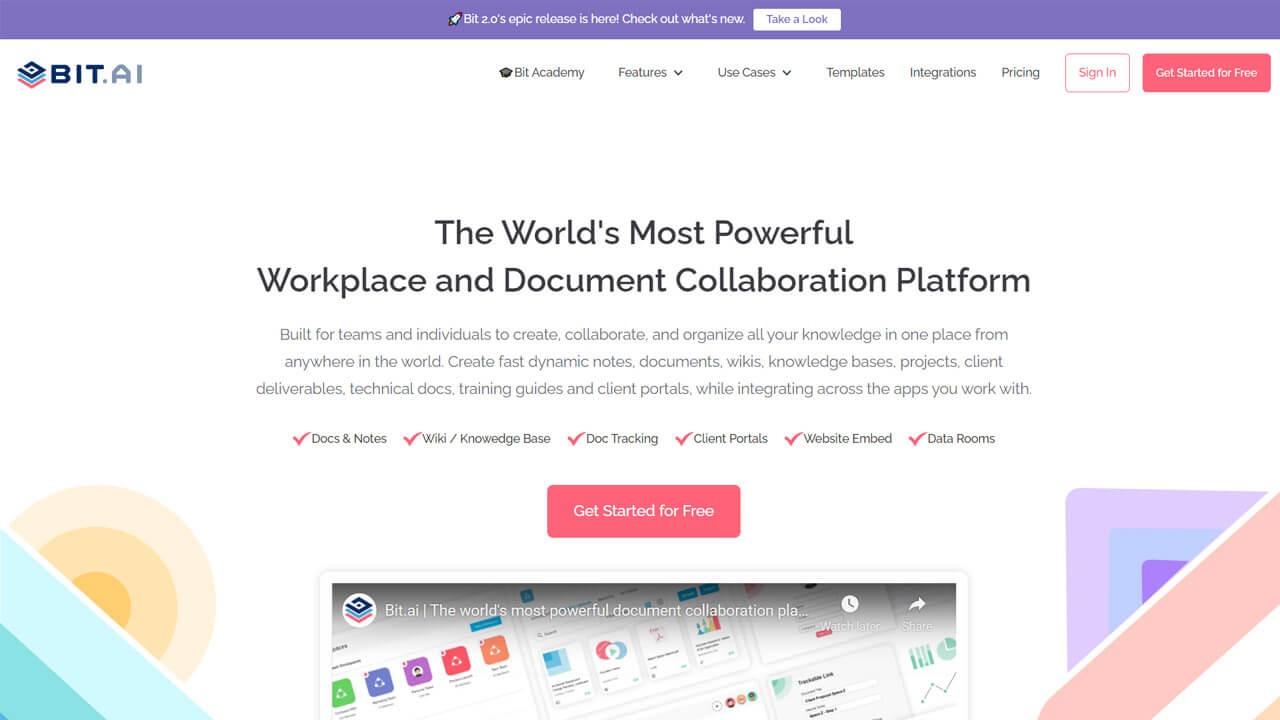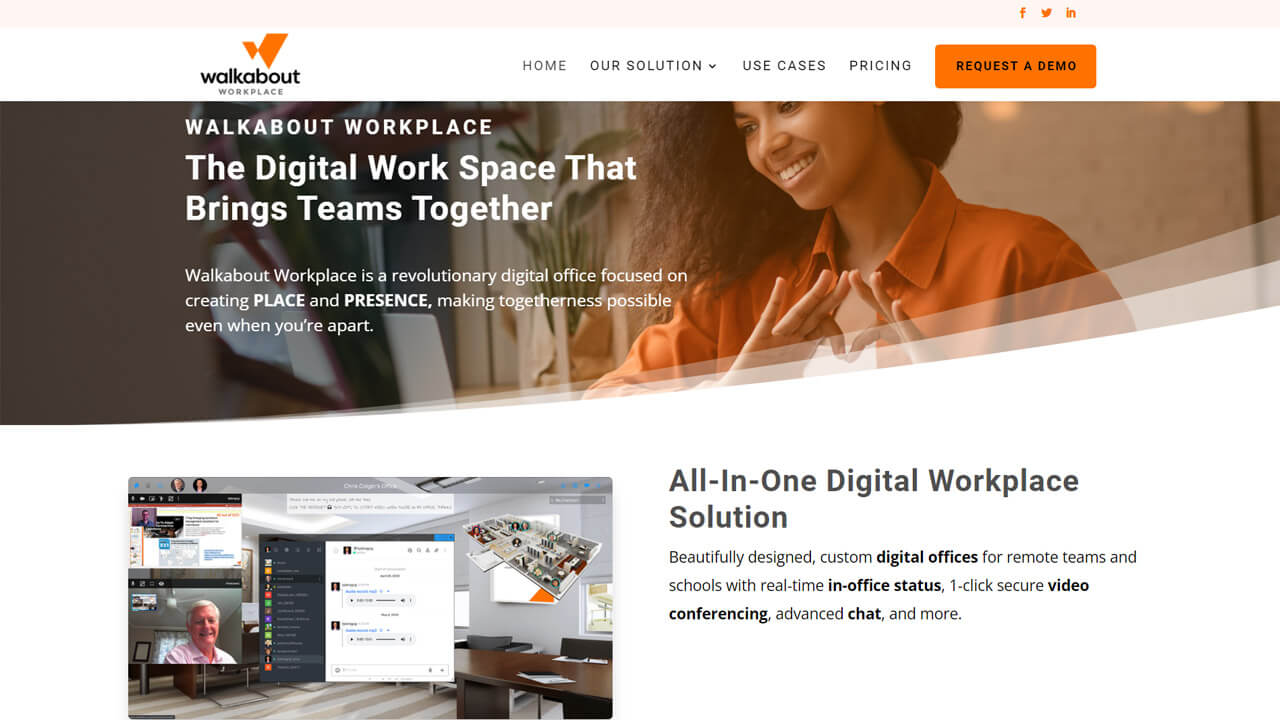Virtual workspaces are popular among business start-ups and organizations looking for a quick and easy way to expand into new markets. But just because they’re quick and easy doesn’t imply they’re suited for everyone.
Furthermore, the virtual office has risen in popularity in recent years, drawing both individuals and businesses.
Nonetheless, some virtual team activities are easier to complete than others, while others might be challenging;
Here are some of the advantages and disadvantages of having a virtual office to help you decide whether it’s the correct choice for your company.
What Are Virtual Offices and How Do They Work?
The term “virtual office” refers to a working environment that does not have a physical location. With the widespread mobile devices usages such as laptops, smartphones, and tablets, a person can conduct business from practically anywhere in the world.

A corporation that solely exists on the internet and employs all its employees remotely is another example of a virtual office.
The internet is important in establishing a platform that allows virtual offices to function:
Global high-speed internet is now available in almost every area of the world, allowing employees in distant locations such as Australia, Brazil, and Switzerland to collaborate remotely via the internet.
With cloud-based solutions like KrispCall, businesses and their employees can communicate online from anywhere, at any time.
Employees and clients may collaborate without being in the same room or country using tools and services such as Skype, Dropbox, Slack, Element, and WhatsApp Business.
Key Points:
The virtual office is a business that operates as a single entity and has a physical mailing address but is not physically located anywhere.
The costs of running a virtual office are substantially lower than those of a traditional office, which is why new enterprises, local companies, and start-ups prefer it.
Employees have more freedom to work as they want while still having a foundation for success when they work remotely.
What Are the Benefits of Using a Virtual Workspace?
There are various reasons for adopting virtual workspaces. Let’s have a look at it!
1. Enhanced Scalability
With a virtual staff, on the other hand, you may scale your business without worrying about how much additional space you’ll need to accommodate your crew. You also save money on things like heating and air conditioning.
2. Cost Savings
You may save a lot of money by using virtual workspaces. This can include expenditures associated with hiring and maintaining employees, such as security, services, and equipment, transportation, in-office insurance, travel expenses for meetings or conferences, outsourcing charges, and so on.
3. Environmental Advantages
As a bonus, you’ll be helping the environment by reducing your carbon footprint by eliminating staff commuting, which reduces emissions and lowers your carbon footprint!
4. Market Opportunities Expanded
Businesses are increasingly focused on identifying and pursuing global business prospects. With virtual workplaces, you may hire people from all over the world, speaking various languages and being exposed to local markets.
These individuals, in turn, may assist your organization in developing new business prospects and generating profits by tapping into their distinct local markets.
What Aspects Should You Think Before Choosing a Virtual Office?
Here are a few short and actionable tips to help you choose the finest virtual office:
1. Identify Your Company’s Phase and Requirements
Make a list of the virtual office benefits that are most important to you and your business. The essentials (you can’t live without them), as well as the nice-to-haves (enjoyable but not critical).
2. Inquire About Additional Charges
Make sure you understand what your virtual office membership entails and what it does not. Some basic memberships offer a low initial cost, and however, you will most likely be omitted from some specific benefits that are important to you. And that will wind up costing you a lot more than you were charged at first.
3. Select a Versatile Option
Finally, while selecting a virtual office, ensure that it is adaptable to your demands. As your company grows, what you need today may not be the same as you’ll need tomorrow.
The Best Virtual Workspace Tools & Platforms:
It’s normal to feel puzzled and wonder which virtual workplace option is the finest with so many to pick from. The great news is that we’ve already done the research for you and got a list of the most useful resources.
1. KrispCall
Be it for running or managing a business or collaborating with team members, communication is crucial. And that’s more so in the case of virtual offices and telecommuting. There are indeed so many ways to communicate. However, people often prefer telephony platforms for reliable communication. But using a personal phone number for professional business communication may hinder your work-life balance.

As a solution to that, there is an amazing tool named KrispCall that provides virtual cloud telephony service. KrispCall is loaded with not just regular telephony features but also advanced features like auto attendant, automatic call distribution (ACD), call transfer, intelligent call routing, etc. With all such amazing features at its disposal, KrispCall serves as a great tool for communication and collaboration while creating a virtual workspace.
KrispCall Pricing
Free Demo – For Schedule Free KrispCall demo click here now.
Essential Plan – $15/month
Standard Plan – $40/month
Enterprise Plan – Customized solution
2. Mural
Mural is a digital workplace that serves as a visual collaboration tool. It enables teams to visualize and collaborate to solve challenges.

Mural allows you to collaborate in one spot, regardless of where you are or what time zone you are in. It’s a cloud-based app that you can use on any device, from anywhere.
Mural Pricing
$12/month for the Starter Plan
$20/month for the Plus Plan
Contact Sales if you have a business plan.
3. Bit.ai
Bit.ai‘s virtual workspace and document collaboration solution allow users to manage documents, files, and other stuff together, sharing them, tracking them, and collaborating on them.

Bit.ai is a powerful platform that allows teams of all sizes to connect and work together on projects, deliverables, bids, client content, published material, daily work to-dos, and more, independent of their physical location or time zone.
Bit.ai Pricing
Limited features on the free plan
$8/monthly Pro Plan
$15/monthly business plan
Contact Sales if you have a business plan.
4. Walkabout
Walkabout Workplace is a virtual workplace area where users can go to work every day. Walkabout integrates interactive and networking features like video calls, chat, screen sharing, and productivity bots to imitate an actual office environment.

Users can feel like they’re truly together with an interactive real-time floor plan that shows their current status.
Walkabout Pricing
$15/month for 1 user
$13/month for 2–49 users
$12/month for 55-99 users
$10/month for 100+ users
5. BlogIn
BlogIn is a great internal blog and information-sharing service for teams of all sizes. Can share internal news and expertise, can improve team collaboration, and can promote business culture.

The internal blog is a knowledge hub that serves as a modern, two-way communication channel within a company, allowing anybody to ask questions and obtain the information they require to make faster and more informed decisions.
One of the reasons it’s so useful as an internal communication tool is because it’s intuitive and straightforward to use, making it easy for everyone to get on board.
BlogIn Pricing
$39 monthly.
$390 for the year
6. HeySpace
HeySpace is a team collaboration tool that is both simple and complex. It’s a task management app with chat capabilities, and HeySpace employs a Kanban board interface to simplify task tracking and management.

You can edit the progress of each task, add tags, files, a summary, set the due date, delegate it to a team member, or leave a comment. HeySpace assists you in creating a powerful portal where everything crucial is easily accessible.
HeySpace Pricing
Plan with limited features available for free
$5/month for the Premium Plan
Pros of Virtual workspace
Virtual offices can provide many advantages for your company, from offering a formal business address to allowing you to save money and work from home with no long-term commitments.
There are numerous advantages to using a virtual office, whether you’re a start-up considering your options for expanding your business or an established company looking to create a new site.
1. Spend Less on Technology
While BYOT (bring your technology) began in the classroom, it has quickly spread to the industrial sector. Employees who work remotely can use any technology they want, and they’re in charge of upgrading it when convenient for them.
While there are some cyber security issues about not having company-provided technology, one can easily address these with a password manager, monitoring, and employee training.
2. Commute-Free
We’ve discovered that the two or three hours we used to spend every day getting ready for work and driving to the office are now spent working. As a result, employees’ productivity has increased, and they are more focused.
It makes virtual offices less harmful to the environment than traditional office premises. Cutting your journey helps you lower your carbon footprint and aid the environment by reducing carbon dioxide emissions.
Zero travel also eliminates the need to sit in traffic, wait for buses, or squeeze into crowded trains. Furthermore, once you’ve wasted time on your free journey, you’ll be able to turn your attention to more important matters.
3. Exposure to International Talent
Working from home helps you to open up a whole new reservoir of ability. Talent pools previously limited by location can now be hired from anywhere – across the country or worldwide.
Hiring managers now have access to an almost limitless depth of potential for the first time. Companies who have previously struggled to hire for highly competitive positions, such as technology and engineering, may now have fresh opportunities to grab and engage some applicants.
Your customers will be located all over the world if your employees are. When operating with a global perspective, your staff can practice outreach as part of their responsibilities, and existing clients will become more comfortable with your employees.
This can improve communication skills while also broadening your team’s experience and knowledge base.
4. Less Management is Required
Another benefit of virtual workplaces is that they do not require any management. Traditional workplaces require regular administration; a virtual office requires little management and only the necessary tools for everyone involved.
Best Virtual Workspace Software & Tools
The following list is a type of technologies that can help virtual teams communicate more effectively, as well as some common options to consider:
Telephony Communication: KrispCall
Project management: Jira, Asana
Video conferencing: Google Meet, Zoom
Collaboration and prototyping: Marvel, Adobe XD
Workflow automation: Zapier, Microsoft Flow
Employees also have more freedom to build their work habits and workflows, improving creativity and innovation. Employees can also learn more about new tools and technologies, as well as how to use them.
5. Balanced Work-Life
The imbalance in a work-life pattern is a major cause of the growing stress among working people in modern times. People are constantly preoccupied with work, and they have little time to spend with their families or for themselves.
Virtual office workers can spend more time with their families and have a better work-life balance, which leads to increased motivation and passion at work.
Benefits of balanced work-life
Employees that have a strong work/life balance feel more in control of their professional lives, which can lead to:
- Productivity increases.
- Absenteeism is reduced.
- A less stressed and happier staff.
- Employee health and happiness have improved.
The benefits of a work-life balance campaign don’t just apply to employees; they also apply to employers. Work-life policies and flexible work arrangements can also help you achieve the following objectives:
- Increases in employee accountability and commitment.
- Increased levels of dedication and engagement.
- Organizational stress is reduced.
Cons of Virtual workspace
Similarly, like a coin, everything has two sides; If anything has advantages, it also has disadvantages. As a result, a virtual office has its own set of drawbacks that may or may not be relevant to your business. As a result, before investing in a virtual office, you should consider them.
1. Communication Issues
Many digital technologies can help distant teams stay connected, but they lack the personalization that face-to-face engagement can provide.
Communication, such as text messages, emails, lacks the body language, tone, and other subtle nonverbal indications that workers pick up from in-person conversations, making misinterpretation more likely.
All of this is simple to solve if you’re aware of the issues, although it may take some time to do it, or at the very least become adapted to it.
2. Personal Connections are Lacking
Remote workers frequently feel isolated, which can harm team collaboration. A lack of face-to-face interaction may result in a lack of team unity and trust among team members.
The conflict has been demonstrated to be reduced by spontaneous, casual communication, such as conversing over coffee or in the corridor. It is, however, difficult to recreate in a virtual environment.
3. Possibility of Lower Productivity
Although a virtual office might increase worker productivity, it can also lead to laziness. To accomplish their best job, many employees want the structure and discipline that a real workplace provides.
If team members email each other instead of having a face-to-face conversation, communications may suffer. It can be difficult to tell if things are moving smoothly or if employees are cutting shortcuts since they don’t have a supervisor watching over their shoulders if clear, actionable goals aren’t created and recorded.
4. Personal Problems/Distractions
Working from home is very handy, but it can also be extremely overwhelming. People have their own set of personal family concerns that constantly interrupt their work and impact their productivity. Even the most disciplined and organized members of a remote team become sidetracked at home.
A stack of dirty dishes or a dusty bookshelf may begin to beckon them. Then a 20-minute break becomes a two-hour break. Those who live with family or roommates are likewise subjected to frequent, distracting interruptions.
5. Less Cohesion
Allowing virtual staff to set their work hours can lead to a more divided corporation. For example, you can’t easily convene a meeting of your entire organization to deal with an emergency, such as a significant equipment breakdown or critical IT troubles.
Things to consider before considering a virtual office
Before deciding on a virtual office, consider the following:
- Which option is ideal for your company’s needs: virtual, coworking, or regular office space?
- In your market, do you have a variety of virtual office providers to pick from?
- Is your virtual office adaptable enough to grow with your company?
- Is a virtual office capable of providing the customer service and support that your company requires?
- Is the physical location of the virtual office consistent with the image of your company?
- Will there be several pricing tiers for different levels of service from the virtual office provider?
Traditional Office Vs. Virtual Office: What are the differences?
If your company is exclusively online, a virtual office may be the best option. However, some business owners believe that operating without a physical site generates a reputation among clients and employees.
When deciding between a virtual office and a traditional office, consider the following factors:
Traditional/Regular Office Advantages
Having a physical location can increase credibility and consumer trust, make it easier to schedule meetings in your own space, and help you establish a company culture and brand identification.
Traditional/Regular Office Drawbacks
The location may not be easily accessible to everyone, traditional office space lease rates continue to rise, and nasty workplace politics can grow when employees are face-to-face, causing another management burden.
Virtual Office Advantages
Low-cost, high-flexibility, no wasted commuting time, and access to international talent.
Virtual Office Drawbacks
There is no physical site, so if there is no or slow internet connection, so does your business, and there is no social contact.
To Sums Up
Virtual workplaces have their own set of advantages and disadvantages. So, whether or not a virtual office is an ideal option for you is dependent on the type of business you run. So make sure to study everything thoroughly to choose which choice is ideal for your company’s growth.





